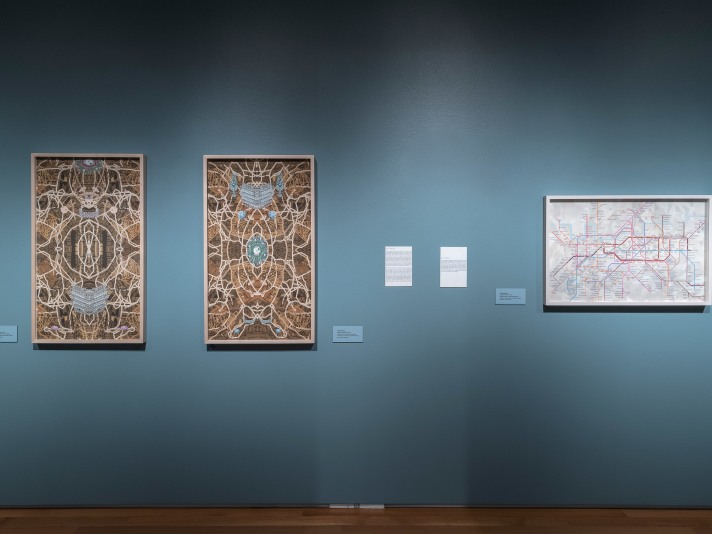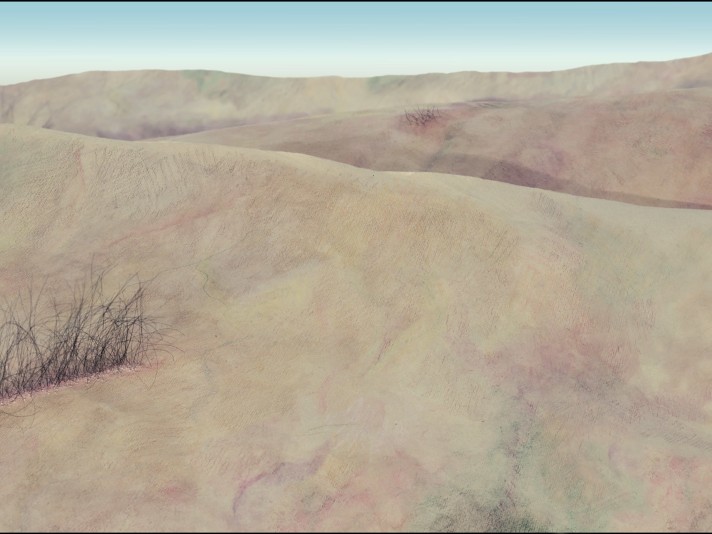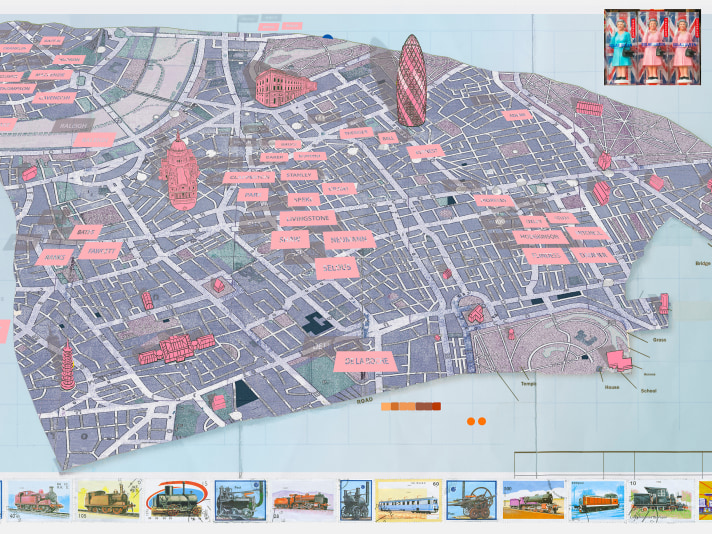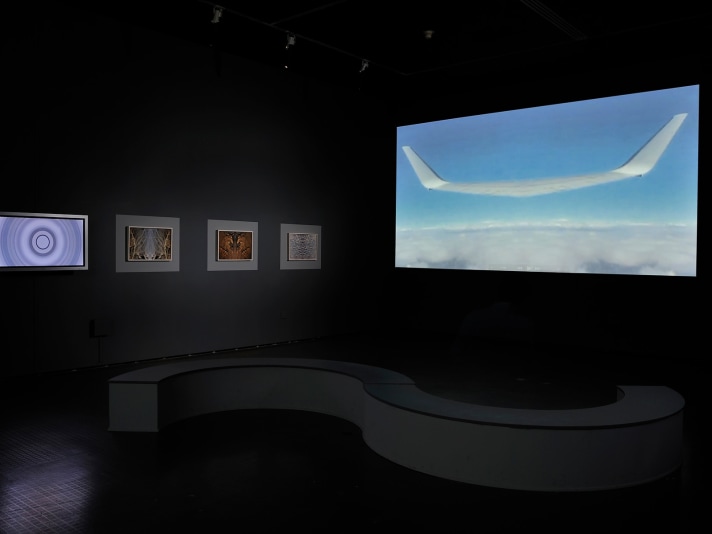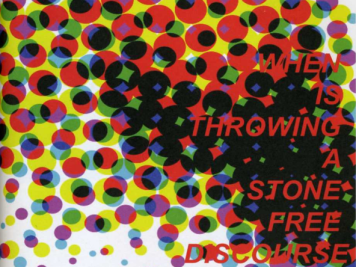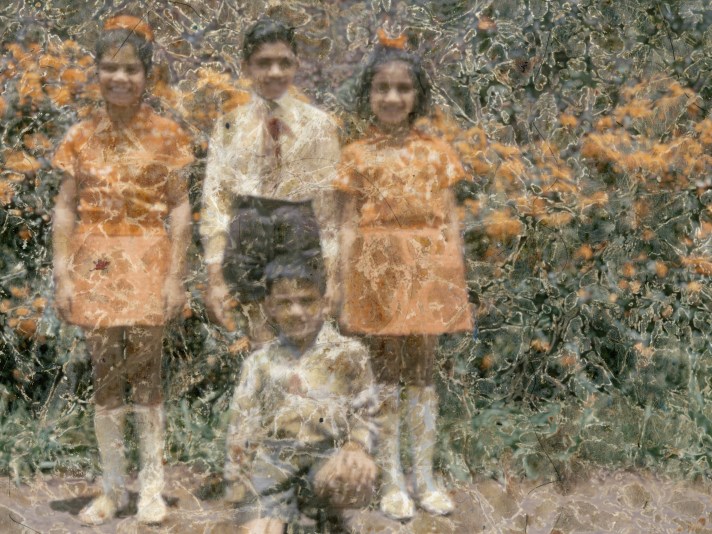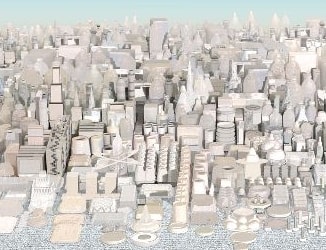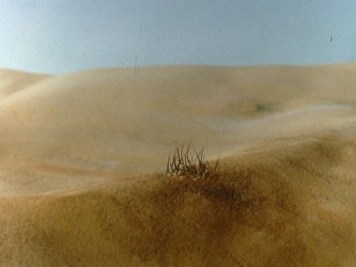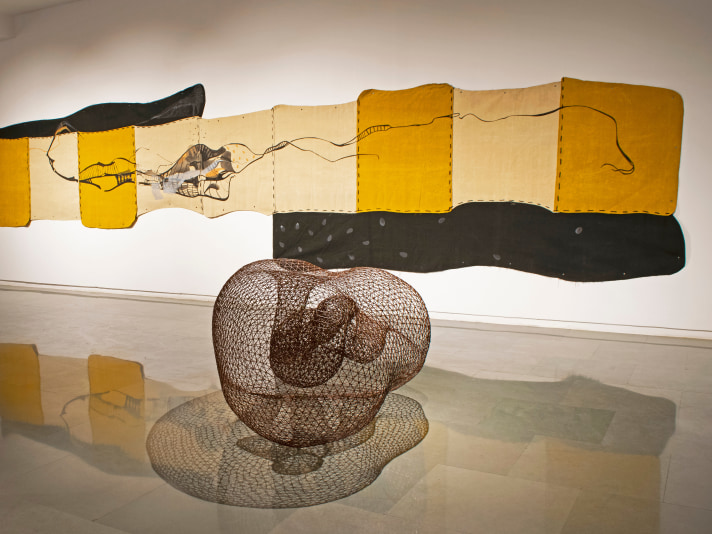
Throughout their career, deSouza has engaged with historical events, works of literature, and cultural figures, which provoke a reexamination of seemingly central cultural values, often embraced by their sharp sense of wit. deSouza has also explored, poetically, their personal but universal notions of time, aging and death and how memory and photography are both formed and transformed over time, and at times allowing even the coexisting of our past and present.
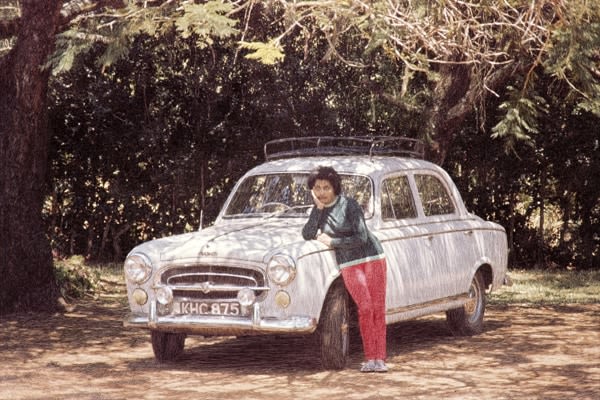
Car, 2004 | C-print | 40" x 60" (From The Lost Series)
“In deSouza’s work, hair and dirt become metaphors for these things, collapsing the distance between the time in which the original slides were taken and in which deSouza used them, suggesting that history and memory are merely detritus of life, mediate d by experience and loss. But there is also nostalgia here: by updating the photos, deSouza attempts to merge his past and present, inscribing himself in the images by means of the slough of his daily life. By doing so, he subverts the attempt most of us make to preserve the past, and ultimately ourselves, against time and aging, insisting that life, and hence what we freeze in photographs, is physical.”
Modern Painters
"How do you commemorate the lives of loved ones who lived so fully and through so much? How do we retain an authentic sense of them after they’ve gone? DeSouza didn’t offer us any neat answers. But through their handling of materials with an approach that is both deft and playful, they showed us that even the barest or most vexed of human traces can make fitting, if haunting, memorials."
Artforum
“deSouza directs us towards the malady of modern
existence: exile, diaspora, dislocation.”
OKWUI ENWEZOR
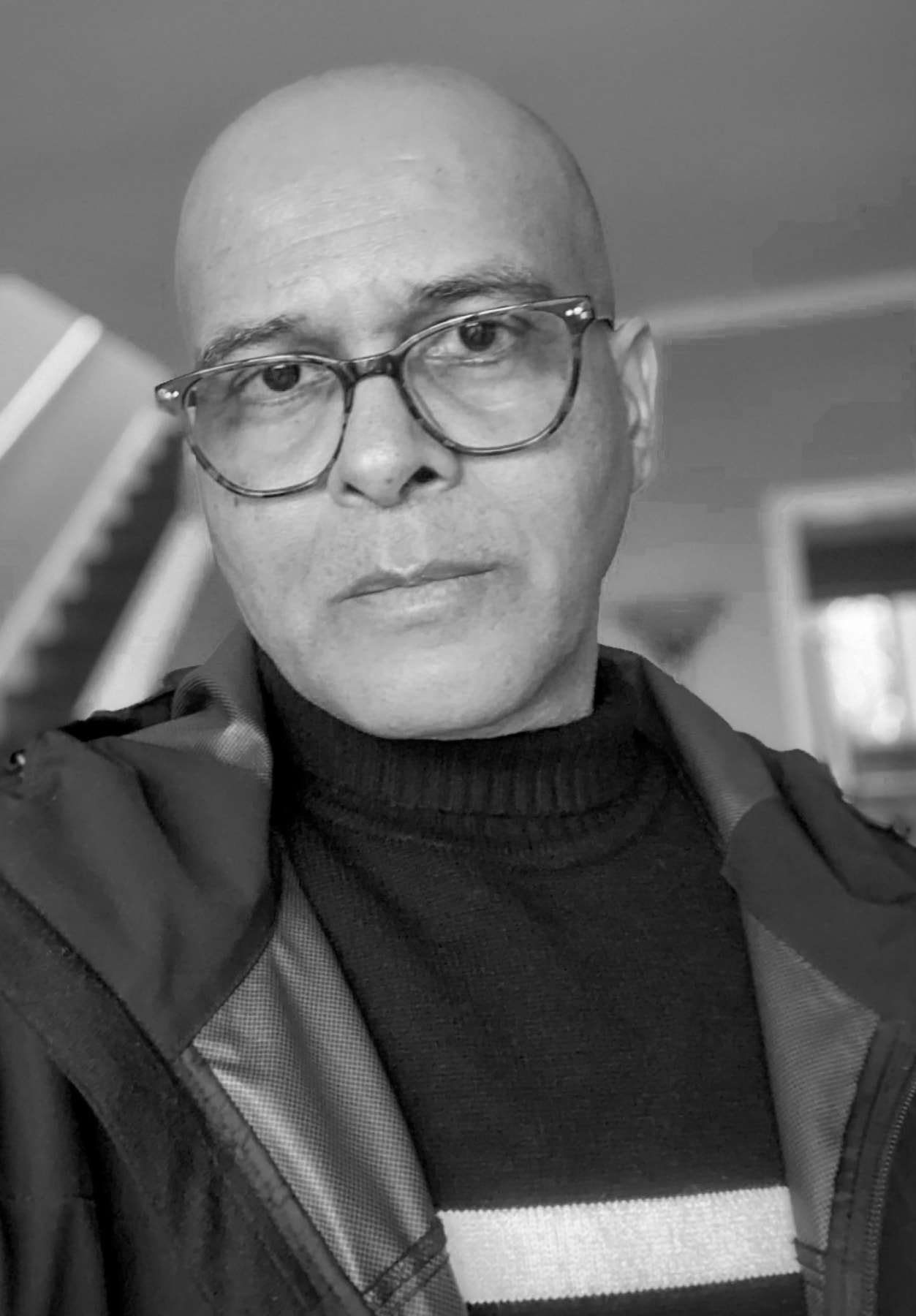
Al-An deSouza’s works have been exhibited extensively including at The Pompidou Centre, Paris; Moderna Museet, Sweden; Mori Art Museum, Japan; Johannesburg Art Gallery, South Africa; Hayward Gallery, UK; International Center of Photography, NY; Stedelijk Museum, The Netherlands; Museum Kunst Palast, Germany; Museo Tamayo, Mexico; Memphis Brooks Museum, TN; Museum for African Art, NY; Smithsonian Museum, DC; Philadelphia Museum of Art; Gwangju Biennale, Korea; 3rd Guangzhou Triennale, China; Yerba Buena Center for the Arts, SF; Fowler Museum, LA; Blaffer Art Museum, TX; and Krannert Art Museum, Champaign, IL. In 2011, on an invitation by The Phillip’s Collection, deSouza created The World Series in response to Jacob Lawrence’s Migration Series, and their work was subsequently featured in a solo exhibition at the museum along with Lawrence’s works. They recently were featured in an expansive solo at The Johnson Museum at Cornell University, NY.
Al-An deSouza was born in 1958 in Nairobi, Kenya to immigrant parents of Indian descent and grew up in the United Kingdom. They graduated from the Bath Academy of Fine Art, England with a BA in Fine Art, participated in the Independent Study Program of the Whitney Museum of American Art in New York and obtained their MFA in Photography from UCLA, Los Angeles. deSouza’s publications include “How Art Can Be Thought: A Handbook for Change” in which they examine how art is discussed, valued and taught within a politicized global culture while in their novel Ark of Martyrs the artist pens a fictional rewrite of Joseph Conrad’s 1899 novel Heart of Darkness blending poetry, rap and prose through a contemporary prism.
Al-An deSouza lives and work in the Bay Area, California, where they are a professor in the Department of Art Practice at University of California, Berkeley.

